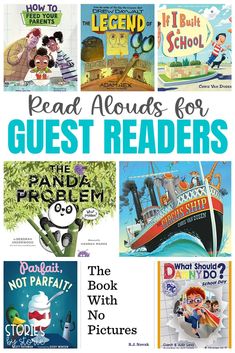As we navigate through 2025, a significant trend in language education is the rise of ‘microlearning’ – a approach that breaks down learning content into small, focused segments that can be completed in short bursts of time. This method is particularly well-suited to the fast-paced, attention-challenged world we live in, and is proving to be highly effective for language acquisition.
Microlearning in language education typically involves bite-sized lessons that focus on a single concept, word, or phrase. These mini-lessons might take the form of a short video, an interactive flashcard, a brief audio clip, or a quick quiz. The key is that each unit can be completed in a matter of minutes, making it easy for learners to fit language study into their busy schedules.
One of the primary advantages of microlearning is its alignment with the brain’s attention span and memory processes. Cognitive science research has shown that information presented in small, focused chunks is more likely to be retained in long-term memory. This makes microlearning particularly effective for vocabulary acquisition and grammar rule memorization.
Moreover, microlearning leverages the principle of spaced repetition, where learned material is reviewed at gradually increasing intervals. Many microlearning platforms use algorithms to schedule these bite-sized lessons at optimal intervals for each learner, maximizing retention and minimizing forgetting.
Another significant aspect of microlearning is its compatibility with mobile devices. In 2025, a large portion of language learning is happening on smartphones and tablets, with learners taking advantage of small pockets of free time throughout their day. Microlearning modules are perfectly suited for this kind of on-the-go study.
Gamification is also a key feature of many microlearning platforms. By incorporating game-like elements such as points, levels, and rewards, these platforms make the learning process more engaging and motivating. This is particularly effective for maintaining long-term engagement, a common challenge in language learning.
Furthermore, microlearning is proving to be an excellent complement to more traditional, intensive language study methods. Many language schools and universities are incorporating microlearning modules into their curricula, using them to reinforce classroom learning and provide additional practice opportunities outside of class time.
As we progress through 2025, we’re seeing the emergence of more sophisticated microlearning tools. Some platforms are using AI to generate personalized microlessons based on a learner’s interests and real-world language needs. Others are incorporating augmented reality, allowing learners to engage with bite-sized language content overlaid on their real-world environment.
While microlearning is not a complete solution for language education – it can’t replace the depth of understanding gained from longer, more intensive study sessions – it is proving to be an invaluable tool in the modern language learner’s toolkit. As attention spans continue to shrink and the demand for flexible, personalized learning options grows, we can expect microlearning to play an increasingly important role in language education.











